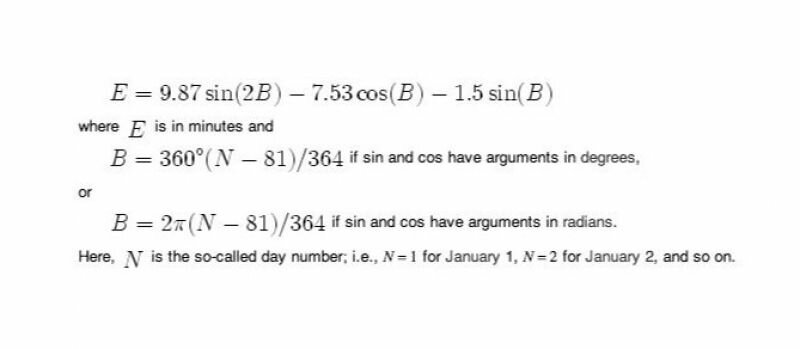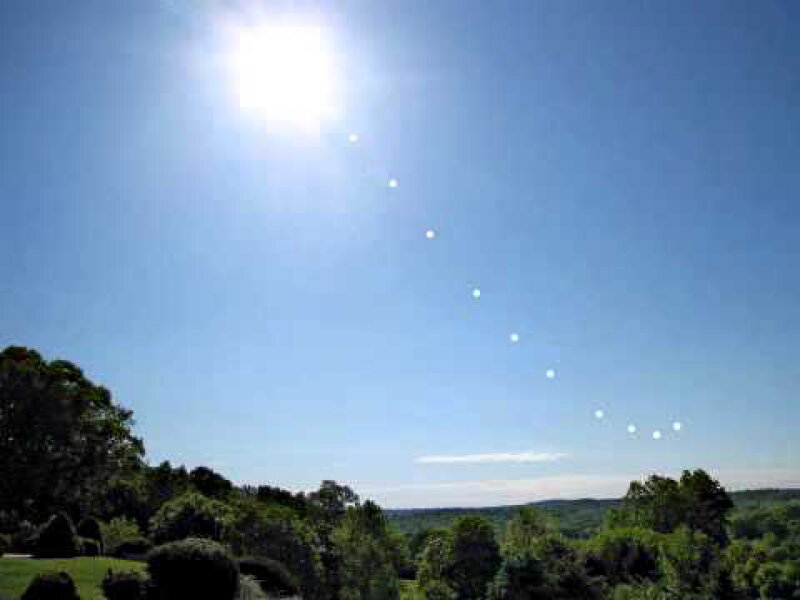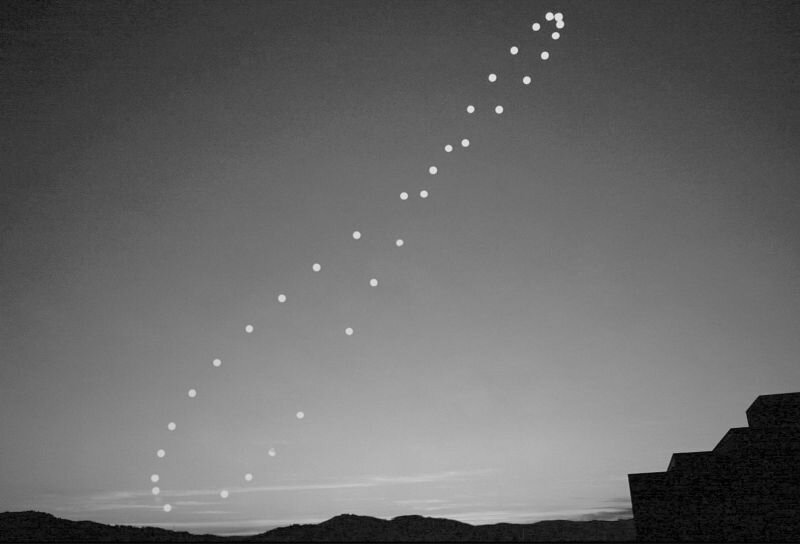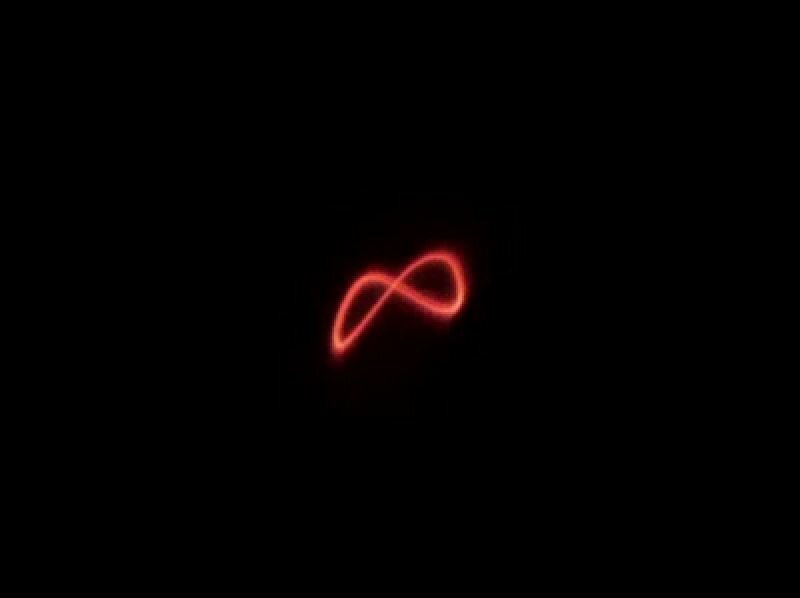
What is the Analemma?
Well, it is certainly best understood over time, so, first, let's start with THE EQUATION OF TIME. A mathematical construct with a fantastically ambitious name, The Equation of Time is used to find the LOCATION of the sun in the sky on a specific day, at a specific time, at a specific location. It looks like this:

The Equation of Time is, more simply, the DIFFERENCE between the time on a sundial and the time on a clock. Of course the sundial came before the mechanical clock so one way to think of this difference is simply as the past trying to sync up with the future, or how much faster or slower tomorrow should be than today or yesterday.
Got it?
Not yet.
This discrepancy between solar time (sundial) and mean time (clock) is due to two primary factors -- ECCENTRICITY and OBLIQUITY. The earth does not orbit the sun in a precise circle, but instead in an ellipse. it travels faster at some points than others -- this is its eccentricity. The earth's axis does not run directly 90 degrees, but rather it is tilted (23 degrees) which causes the earth's rotation to be like a top -- this is its obliquity.
These two conditions result in the difference that is expressed by The Equation of Time as TWO COMPETING SINE WAVES, one with a period of one year, and one with half of that. The difference over the course of one year between SOLAR and MEAN time can be up to 30 minutes. The earth's eccentricity produces A SINE WAVE WITH A PERIOD OF ONE YEAR. Its OBLIQUITY produces ASECOND SINE WAVE, BUT WITH A PERIOD OF ONE HALF-YEAR.
Then.
The result of these two competing sine waves, with differing periods of repeat is is a recurring figure eight, which draws itself in the sky OVER THE COURSE OF ONE YEAR as the two sine waves fall into and out of phase -- This is the Analemma.
So. . .
If you take a photograph of the sun in the sky at the same time of day over the course of the year from a fixed camera, and composite the images, this is what you get:

Got it?


